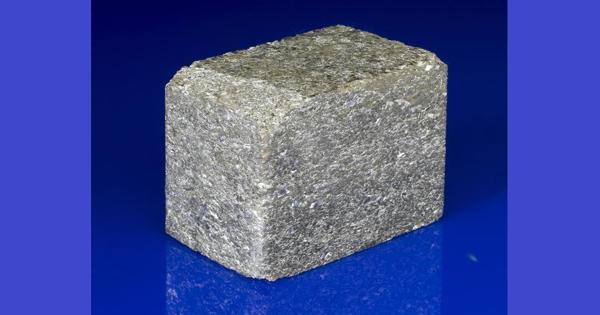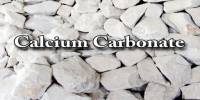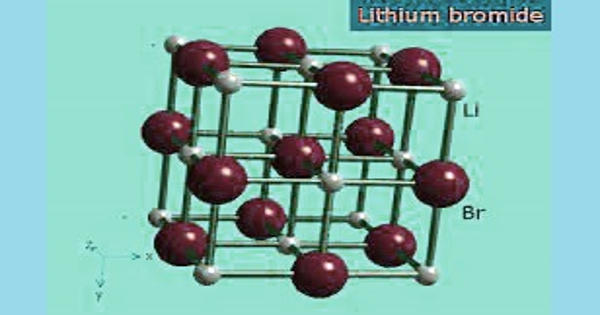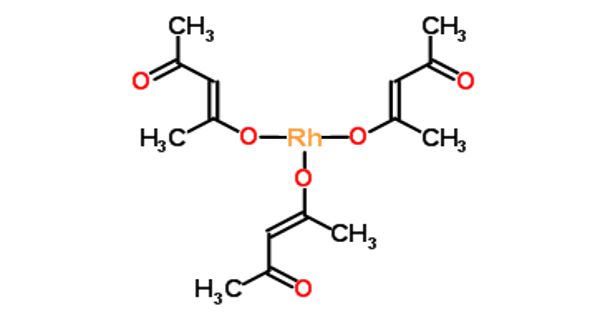Nickel aluminide typically refers to one of the two most widely used compounds, Ni3Al or NiAl, however is generally any aluminide from the Ni-Al system. It is an intermetallic material with properties similar to both ceramic and metal. These alloys are widely used due to their corrosion resistance, low density, and easy production. Also widely used in automobile and tool companies. Also, rotating parts, dies, high temp. wear-resistant parts, permanent molds, turbocharger rotors, etc.
Aluminide is an intermetallic alloy containing aluminum plus another element, such as nickel, iron, or titanium. Ni3Al is of specific interest as the strengthening γ’ phase precipitate in nickel-based superalloys allowing for high-temperature strength up to 0.7-0.8 of its melting temperature. They are intermetallic compounds that have long been considered potentially useful because, thanks to their ordered crystal structure, they are very strong and hard (lighter and five times stronger than stainless steel) and melt only at very high temperatures. Meanwhile, NiAl displays excellent properties such as low-density (lower than that of Ni3Al), good thermal conductivity, oxidation resistance, and high melting temperature.
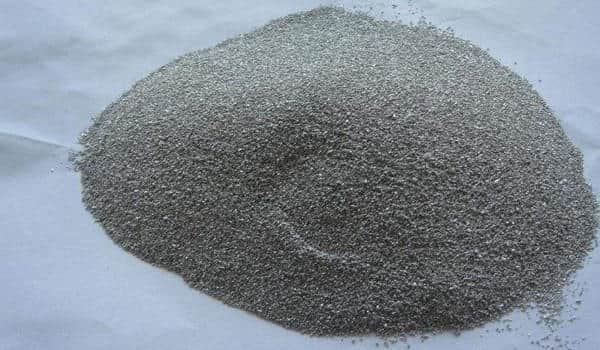
These properties, make it ideal for special high-temperature applications like coatings on blades in gas turbines and jet engines. However, nickel aluminides have a serious weakness: they are very brittle, making it almost impossible to shape into reliable components. However lately several advances have been made in this area. However, both these alloys do have the disadvantage of being quite brittle at room temperature while Ni3Al remains brittle at high temperatures as well.
Although, it has been shown that Ni3Al can be made ductile when manufactured as a single crystal as opposed to polycrystalline. Intermetallics based on nickel aluminide are subjects of the ongoing development of new high-temperature materials for application as heat shields for combustion chambers and as first-row vanes in industrial gas turbines. Another application was demonstrated in 2005 when the most abrasion-resistant material was reportedly created by embedding diamonds in a matrix of nickel aluminide. It is used in everything from processing glass to making dies for forming beverage containers and other shapes from metal.
Informatin Source:
